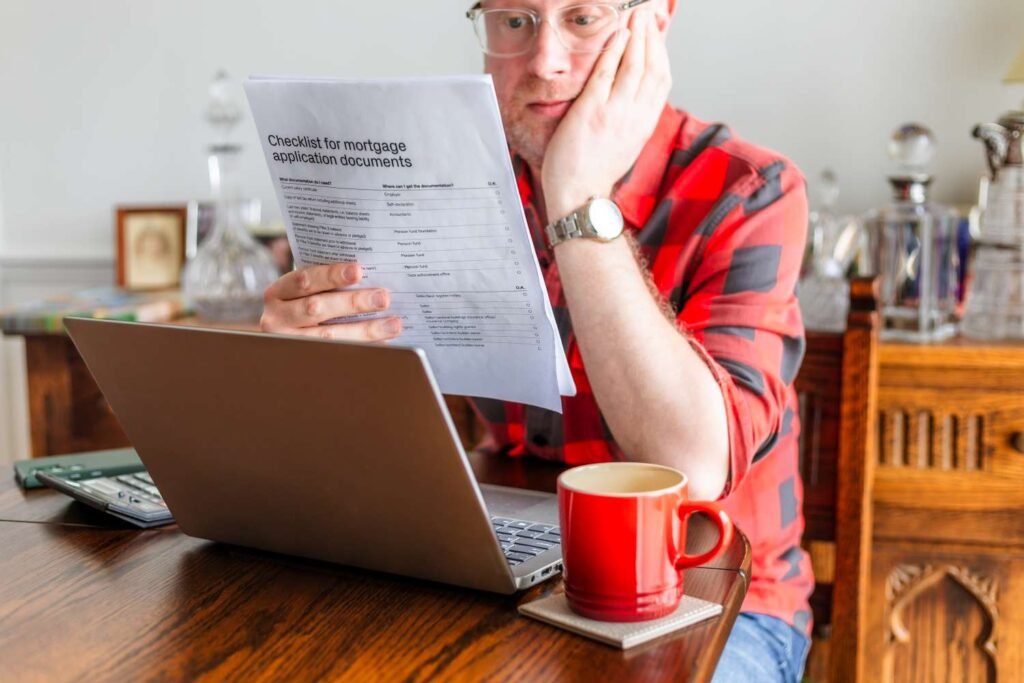:max_bytes(150000):strip_icc():format(jpeg)/GettyImages-2147591309-32faa0756605431aa794ffc8b8146080.jpg)
A massive financial divide is splitting many Americans, and it comes down to when you locked in your mortgage rate. People who bought homes or refinanced before 2021 often have far better monthly payments, while today’s buyers face borrowing costs that can be $1,000 or more per month higher for the same homes.
This is creating a wealth gap that could reshape Americans’ finances for decades. Those with ultralow “ZIRP-era” mortgages (rates locked in during the zero interest rate policy period) are seeing their real housing costs shrink because of inflation while building equity. Meanwhile, first-time buyers are either priced out of the market or face a financial strain for a home that’s become far more costly.
The result is a housing market where homeowners are reluctant to sell and give up their golden handcuffs, keeping inventory lower for everyone else trying to get in.
Key Takeaways
- Advisors urge people locked into a high mortgage rate to try to maintain a credit score that is refinance-ready, should borrowing costs fall.
- People who haven’t bought a home yet, meanwhile, will need to be patient and consider renting until the situation improves.
The Golden Handcuff Effect on Housing
One of the most significant consequences of the mortgage rate divide is what economists call the “lock-in effect“—homeowners with cheaper mortgages are reluctant to sell because doing so would mean losing their favorable borrowing costs. This creates a vicious cycle: reduced listings lead to even tighter supply, which drives prices higher and makes homeownership even more unattainable for first-time buyers.
“Long-term homeowners tend to have low monthly payments. If they were to move—even using their equity as a down payment—they would have a much higher monthly payment because home prices and interest rates have soared over the last several years,” said Gregory Eubanks, a Redfin Premier agent in Los Angeles, in a company statement. “Many people who do move hang onto their house and rent it out because low property taxes and low monthly payments make them view it as a financial asset.”
The typical U.S. homeowner stays in their house for 11.8 years, almost double the 6.5-year average from 2005, according to Redfin data. In pricier markets like California, where homeowners face the double burden of both higher mortgage rates and higher property taxes if they move, the effect is even more pronounced. Los Angeles homeowners hold onto their houses for a median of 19.4 years—the longest span on record for the city.
This isn’t just about having somewhere to live. Homeownership is a core driver of wealth accumulation in America. Being locked out of that opportunity, or having it cost significantly more, creates an uneven economic playing field. Those with favorable rates have more disposable income each month while building equity in an appreciating asset. Meanwhile, those who missed the window must earn substantially more to achieve the same quality of life, often without the benefit of building property wealth.
Strategies for High-Rate Mortgage Victims
Financial advisors urge people locked into a high mortgage rate to be ready to pounce when borrowing costs fall again.
Lawrence Sprung, a chartered financial planner, recommends keeping tabs on the mortgage market and making sure your finances and credit score are in tiptop shape for when rates decline and attractive refinancing opportunities arise. He also suggests building as much equity as you can and, if you have the cash available, asking the lender whether it’s possible to receive a lower rate if you can pay a big chunk toward your mortgage.
What about those who haven’t bought a home yet? Stoy Hall, a chartered financial planner, suggests pausing before acting, especially if your long-term dream home isn’t in your price range. Calculate if renting is cheaper, he said, and if it is consider doing that, at least until the situation improves.
“Don’t buy just to buy,” Hall told Investopedia. “Don’t stretch yourself so thin you can’t live. And if you do buy, do it on your own terms—not because someone told you that renting is ‘throwing money away.’”
Hall says renting can be a great way to maintain some flexibility and avoid the unexpected expenses that come with homeownership. He also noted that in today’s market, you might be getting the better deal.
Tip
“I don’t care what your aunt, your cousin, or that loud dude on TikTok said—homeownership isn’t always the ‘American dream’ anymore, especially not at 7% [mortgage rates],” Hall said. “The average rent is about $1,000–$1,300 less than a mortgage right now. That’s not pocket change. That’s therapy, vacations, day care, or investing-in-yourself money.”
The Bottom Line
People who locked in their housing costs before 2021 are now much better off than those who didn’t. Borrowing rates have risen considerably since then, prompting mortgage holders on favorable terms to stay put, while everyone else is either being frozen out of the market or forced to pay considerably more each month.
The “have-nots” aren’t just paying more for housing—they’re missing out on what has historically been the primary wealth-building vehicle for American families. For younger Americans and first-time buyers, this means continuing to compete for scraps in an increasingly expensive market.

